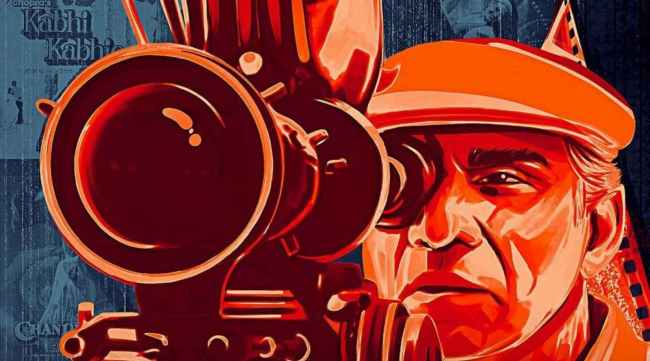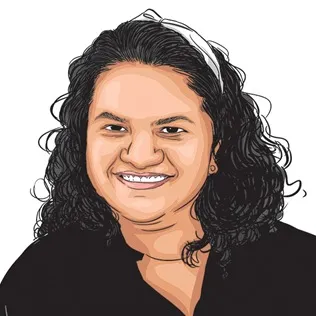Opinion Netflix’s The Romantics: How Yash Chopra’s subversive love stories changed Hindi cinema
His films, unafraid to tackle mature themes like adultery, are a far cry from the more conservative turn that followed the success of 'Dilwale Dulhania Le Jayenge'
 A new Netflix documentary series, The Romantics, traces Chopra’s filmmaking career.
A new Netflix documentary series, The Romantics, traces Chopra’s filmmaking career. For most people, the image of the “Bollywood romance” is a straight couple (the woman likely in a chiffon sari), singing and dancing on an idyllic mountainside – the natural beauty of the locations combined with lyrics meant to evoke love and passion, Bollywood-style. Arguably, the man responsible for the creation of this image is filmmaker Yash Chopra. A new Netflix documentary series, The Romantics, traces Chopra’s filmmaking career, from message-laden, “nationalistic” films like Dhool Ka Phool (1959) and Dharmputra (1961) to action-dramas like Deewar (1975) to the series of love stories, like Daag (1973), Silsila (1981), Lamhe (1991), Chandni (1989) and Veer-Zaara (2004) that established him as a master of the romance genre.
A quick look at Chopra’s filmography will show that he loved depicting love. A deeper look will reveal a filmmaker unafraid to tackle mature, “bold” themes, including adultery and age gaps in relationships. In various interview clips featured in the series, Chopra is seen talking about making films that “touch” his heart; in tackling themes that few others would touch in a still-conservative industry, he said that he was merely showing what was “already there”.
One of Chopra’s most transgressive films was Silsila (1981), a rare mainstream film addressing extra-marital love. Shockingly for its time, the film’s sympathy lay with its adulterous lead characters, their story framed as one of star-crossed lovers. Silsila also showed the vulnerability of each character: The lovers who were torn apart when younger and then reunited, and their spouses who try their best to navigate this new twist in their lives. In Chopra’s hands, nothing is sordid, even as the film manages to discuss the possibility of love and marriage being mutually exclusive. The film flopped, despite its conservative ending (the married couples stay married and even fall in love with each other).
Lamhe (1991) was another film by Chopra that dealt with a love not entirely accepted by society. As a young man, Viren (Anil Kapoor) falls in love with Pallavi (Sridevi) who is a few years older and in love with another man. Decades after her death, he falls in love with Pallavi’s grown-up daughter Pooja (also played by Sridevi). While the first half showed that it is possible to love someone and still let them go, the second half showed the inner turmoil of a man who comes to love a woman much younger than him, complicated by the fact that she looks exactly like the woman he once loved, despite having a very different personality. Incidentally, Chopra had been warned by his son Aditya against making Lamhe, which he described as “dangerous”. He told his father that the country was not ready for the film, thus revealing himself to be the more conservative filmmaker of the two.
It’s not surprising then that Aditya’s directorial debut, Dilwale Dulhania Le Jaayenge (1995) was YRF’s next big love story. In a way, it signified the reins being handed over from one generation to the next (Chopra did not stop being involved in films after his son’s debut). At the same time, DDLJ, even as it retained the glamorous trappings that YRF romances were known for — the stunning natural beauty of Switzerland and grand sets and costumes — had very little of the earlier films’ subversiveness. Over the course of the film, the hero Raj transforms from a “bad” British-Indian who steals beer from a fellow NRI to a man with such deep reverence for Indian “morals” and traditions that he refuses to elope with his beloved Simran — no matter how much she and her mother beg him to — insisting that he will win her father’s approval for their relationship.
What changed? Much can and has been said about the turn that DDLJ marked, not only in YRF’s films, but in the Hindi film industry in general, and how it was influenced by and influenced post-liberalisation changes in India. The new romance reflected the new Indian – a consumer who bought more and became more global while holding on to a conservative, almost reactionary notion of “sanskaar”. However, one thing is certain: Yash Raj Films would never be the same again.
arushi.bhaskar@indianexpress.com





